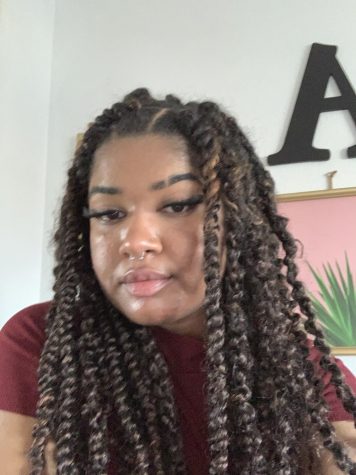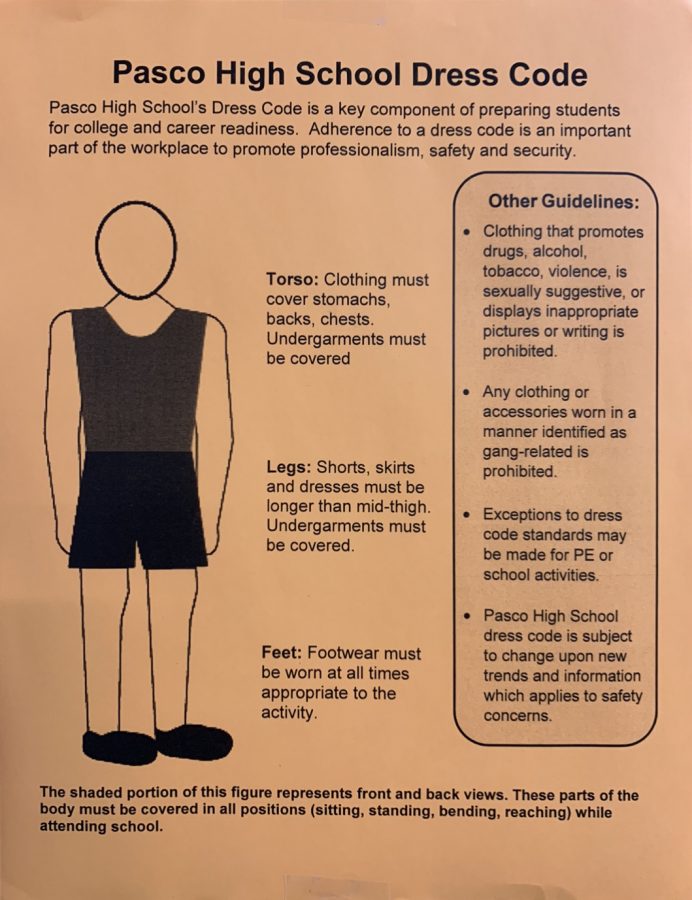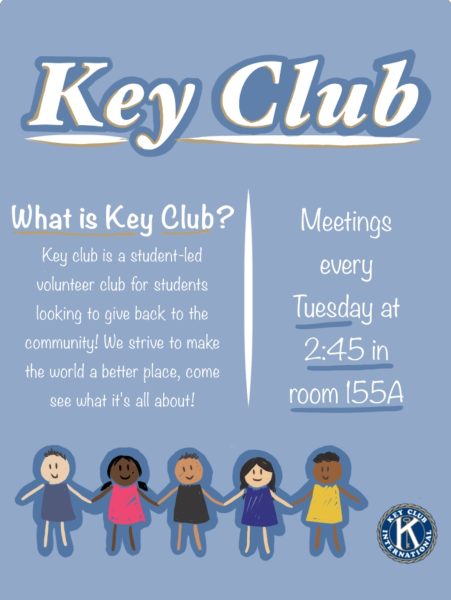The Dress Code (Part Four)
Part IV
Between staff opinions, student stories, and the experiment to prove our theory of gender bias, on the topic of reformity, our group members individually decided their preferences on what they think the dress code should be moving forward:
Maddie Zabilka- “The dress code has been an issue ever since it was first introduced to schools. Both being gender biased and objectifying, the dress code has been sexualizing young women existing in their own bodies in a place of learning. I strongly believe that the dress code is in need of serious reformation if not abolition. Individually, I feel that the issue of “showing skin” and deeming what parts of a girl’s body is inappropriate (shoulders, thighs, midriffs etc.) is the main issue. Items like crop tops, shorts that are above the knee, and spaghetti straps should not be considered violations of the dress code. There isn’t any reason to be told to cover up because an individual is wearing these. Items like bra straps should also not be a part of the dress code. It is a part of a piece of clothing, there isn’t anything sexual or distracting about it. The young women of this school would be in trouble if they didn’t wear a bra, yet there is an issue when they do, and people can see it. It is contradictory and disrupts student’s day. The young women of this school are more than their bodies and should be treated with respect with however they choose to present themselves. Women’s bodies are policed and controlled every day, wherever we go, wherever we live. In a school that promotes individuality, self-expression, and respect, we ask you to respect us, our self-expression, and our individuality.”
Galilea Aguilar- “I would like to walk out the door not worried if the staff will like my outfit. The fact is that the big problem doesn’t lie in the dress code but rather it mostly lies with the way it is implemented. Although, the dress code does have flaws that should be reformed. By reforming this dress code that fear of staff judging is no longer there. I’ve heard other schools are more “lenient” in the Pasco School District even though we share the same dress code. That is just unfair. That goes back to the big problem being the way Pasco staff implements the dress code. A need for a dress code is important but not like the one we have now. This dress code leaves room for staff to be biased and rude to the way teens dress themselves, leave that judgment for your own kids, not the kids at school. I think that the dress code should be implemented when undergarments are seen that both men and women share. Being too focused on a bra strap is unfair because of the fact that men and women do not share that worry and now it shows that the dress code is no longer about the clothes but about features that girls have no control over. Yes, we need boundaries but a smidgen of my stomach, shoulders, or thighs is not be where it should be set.”
Nat Smith-“ I think the dress code should be open to every gender and size.. Obviously with some limitations for safety, but we shouldn’t have to be held down. Clothing is one of the many ways we can express ourselves and by limiting that, it’s taking away our individuality and creativity. We came to school to learn, not be judged and objectified by staff, and while we’re learning we deserve to have the right to be comfortable and confident. We need to have a dress code and an environment that supports our individuality without worrying about being told the way we look is wrong.”
Alysia Taylor- “If I was given the chance to write the dress code, I would change a lot of it. For starters, the fact that girls can’t show their stomach is honestly ridiculous. Girls shouldn’t have to feel as though their objects because that’s how the dress code makes us feel. We can’t wear spaghetti straps because it’s too distracting to the men in this school? My shoulders shouldn’t be a reason I get sent home. I get that there’s limits and boundaries that should be in place, but everyone knows the things they can and cannot wear and what is deemed inappropriate for school. Most of us are old enough to know that and the fact that we aren’t treated with respect while getting dress coded is beyond me.”
Alexis Hernandez- “My opinions on the dress code are that it is very bias. After the experiment, I do believe the dress code is sexist and I do think if a guy can wear shorts way above the knee than there’s no reason for a girl not to wear shorts as well. I do think that people express themselves by clothes because yes there are many ways someone can express themselves, but majority of the time people express themselves with clothes and outfit. During my time doing the experiment, I realized that there is a difference between a man wearing shorts way above the knees and a female wearing high shorts. From my point, I didn’t receive any criticism from it and from what I’ve heard from my group was that they did get dress coded which made it funny and made me very confused. After hearing why there’s a dress code between male and female it made thing more confusing and just wow. Overall, I do believe that everyone has the right to wear whatever they like. If a guy wants to wear a skirt or a crop than let them and if a girl wants to express herself than let her. If they’re not hurting anyone there’s no point of stopping a student from just wanting to dress differently or wanting to express themselves. During the summer or when the weather gets warmer let them wear shorts because it does get really warm to be wearing pants all day and if students or staff get distracted from looking at them well, he needs to be talked to because that isn’t right. They should be talked to because it is kind of weird if you’re getting distracted from someone’s legs like no.”
The purpose of this project was to give a voice to those involved. We listened and spoke with staff who felt something about the dress code, conducted an experiment to prove a theory, but this was all really about the students and their stories. Our student body and our experiences. To collect and document what our students had to say and how we all feel about the dress code. As individuals, we only have our own personal experiences and instances, but together, we are able to unite with the same passion. We all have the same story. Nobody is benefitting off the dress code and its regulations. Proven to be riddled with flaws on how it is enforced along with the bias of who is targeted and who is able to walk down the hall being who they are. For our future generations of young, powerful, and dignified women, we need to talk about the dress code.
Your donation will support the student journalists of Pasco High School and keep the Wasco up and running. Your contribution will allow us to cover our annual website hosting costs.

I am a junior at here at Pasco High School. I am the oldest of two sisters. On my free time I like to go to the movies, spend time with friends and family,...
hey ! I'm nat. I am a senior at phs ! I'm the CEO of Swag and the Editor-in-Chief for The Wasco ! a fact about me is I am literally always late, I'm always...
I am one of the Editor-In-Chiefs for our Wasco news team. I am from the graduating class of 2021. Songs with beautiful guitar riffs and fluffy clouds make...
Hi it alexis ahaha ._. Editor-In chief ahaha RAWR XD!!

Hey my names Alasia and I’m a reporter which means I’ll be doing interviews and writing stories to give you guys information and entertainment. A little...
As one of the few online editors, I specialize on making sure everything is perfect or as near as it can be when it is posted up on the site. I also interview...






